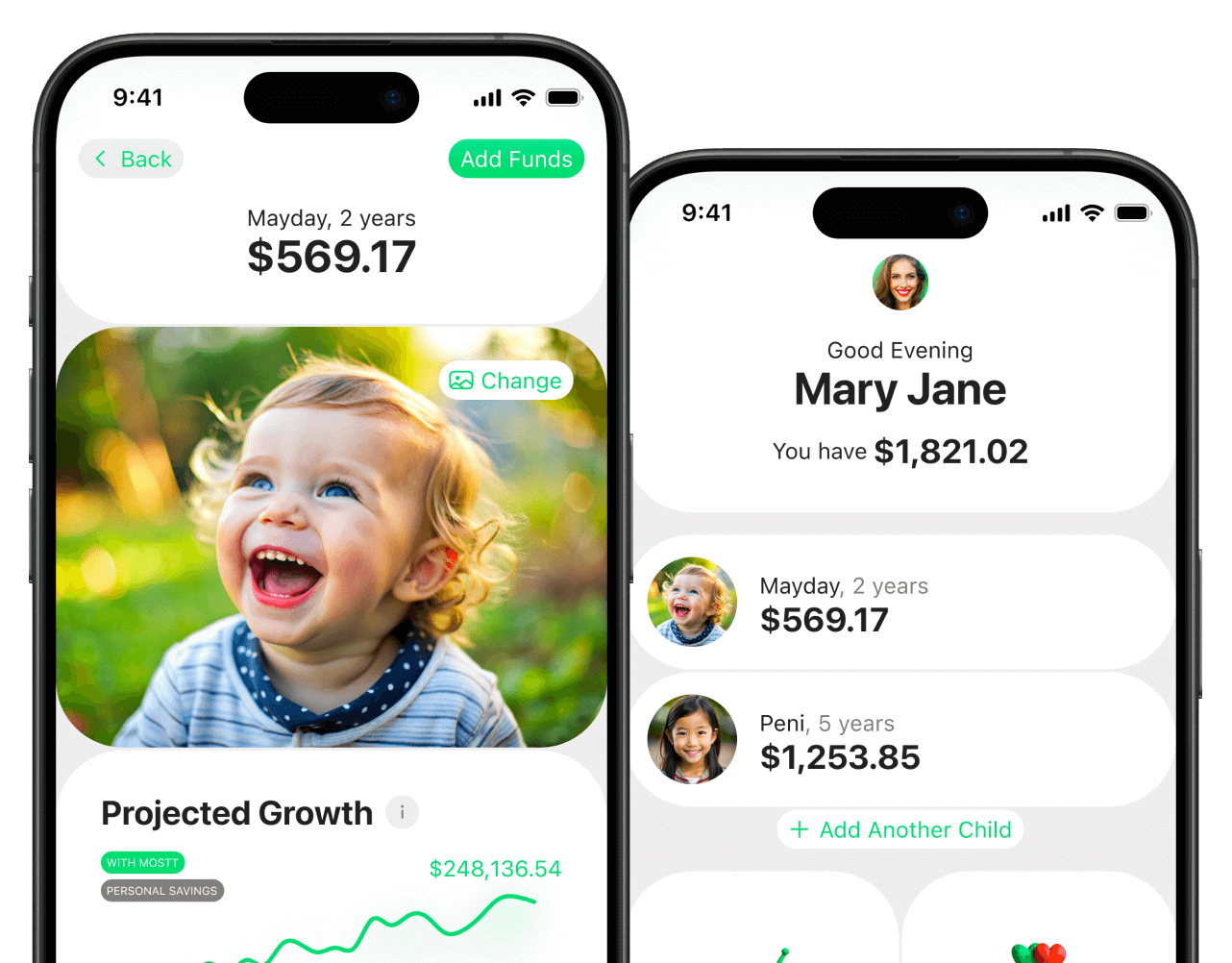There’s a moment in every parent’s life when they realize their child is no longer a little kid—they’re becoming a teenager. It’s exciting, exhilarating, and yes, a little terrifying. As they approach adulthood, they start asking for more independence: a phone, a car, the freedom to manage their own schedule. It feels like a rite of passage, a sign that they’re growing up.
But with that independence comes a price tag. And often, it’s a lot higher than we expect.
Phones: More Than Just a Device
When your teen asks for a phone, it might seem like a simple request. After all, everyone has one, right? But the costs associated with a teen’s phone go far beyond the initial purchase.
The Initial Purchase
The latest smartphones can cost anywhere from $700 to over $1,000. While some carriers offer deals, the upfront cost can still be significant. For instance, as of September 2025, Mint Mobile offers a 12-month unlimited plan for $15/month, totaling $180 for the year. However, this doesn’t include the cost of the phone itself.
Monthly Plans
Monthly phone plans for teens can vary widely. Some budget-friendly options include:
-
Mint Mobile: Offers a 5GB plan for $15/month when paid upfront for 12 months. gojimobile.com
-
Tello Mobile: Provides unlimited everything for under $26/month, including taxes and fees. reddit.com
-
AT&T: Offers plans starting at $35.99/month per line for four lines. att.com
These plans often come with data limits, and exceeding them can lead to additional charges.
Additional Costs
Beyond the monthly plan, there are other expenses to consider:
-
Apps and Subscriptions: Teens often subscribe to services like Spotify, Netflix, or gaming platforms, which can add $10–$50/month.
-
Accessories: Cases, chargers, and screen protectors can add up quickly.
-
Repairs or Replacements: Accidents happen. Repairing or replacing a damaged phone can cost $200–$400.
Total Annual Cost
When you factor in the phone, monthly plan, apps, accessories, and potential repairs, the annual cost of your teen’s phone can easily exceed $1,500.
Tip: Consider setting a budget for your teen’s phone expenses and have them contribute to the costs. This teaches financial responsibility and helps manage expectations.
🚗 Cars: The Road to Independence
A car is often seen as the ultimate symbol of teen independence. But before handing over the keys, it’s essential to understand the full financial picture.
Purchase Price
The cost of a car can vary widely based on make, model, and condition. A reliable used car can cost anywhere from $5,000 to $10,000 or more.
Insurance
Teen drivers are considered high-risk by insurance companies, leading to higher premiums. The average annual cost for insuring a 16-year-old is approximately $7,658. thezebra.com
Maintenance and Fuel
Regular maintenance, including oil changes, tire rotations, and brake checks, can cost several hundred dollars annually. Fuel costs depend on driving habits and local gas prices.
Total Annual Cost
When you add up the purchase price (amortized over several years), insurance, maintenance, and fuel, the total annual cost of your teen’s car can range from $2,000 to $5,000 or more.
Tip: To reduce costs, consider adding your teen to your existing insurance policy instead of purchasing a separate one. This can significantly lower premiums. Additionally, encourage safe driving habits to avoid accidents and potential rate increases.
🏀 Extracurricular Activities: More Than Just Fun and Games
Extracurricular activities are an essential part of a teen’s development. They teach teamwork, time management, and provide a healthy outlet for energy. However, the costs associated with these activities can add up quickly.
Sports
Participation in sports can be expensive. The average family spends $1,016 annually on their child’s primary sport. projectplay.org
This includes:
-
Registration Fees: League or team fees can range from $100 to $500.
-
Equipment: Depending on the sport, equipment costs can vary. For example, hockey gear can cost over $1,000, while soccer gear might be less expensive.
-
Travel: For competitive teams, travel expenses can include transportation, lodging, and meals, adding hundreds or even thousands of dollars to the annual cost.
Hobbies and Clubs
Beyond sports, teens often participate in other activities like music lessons, drama clubs, or art classes. These can also be costly:
-
Music Lessons: Private lessons can cost $30–$100 per hour.
-
Art Supplies: High-quality materials can add up, especially for advanced projects.
-
Club Fees: Some clubs require membership fees, which can range from $50 to $200 annually.
Total Annual Cost
When you consider all extracurricular activities, the total annual cost can easily exceed $2,000.
Tip: Encourage your teen to choose a few activities to focus on rather than spreading themselves too thin. This can help manage costs and allow them to excel in their chosen pursuits.
💡 Hidden Costs: The Unseen Expenses
Beyond the obvious costs, there are other hidden expenses associated with teen independence.
Increased Utility Bills
With teens spending more time at home, utility bills can rise. Increased use of electricity for devices, heating or cooling for comfort, and water for showers and laundry can add $50–$100/month to your bills.
Food Costs
Teenagers often have larger appetites, leading to increased grocery bills. You might find yourself spending an extra $100–$200/month on food.
Wear and Tear on Household Items
Teens may be harder on household items, leading to more frequent replacements. This can include furniture, electronics, and even clothing.
Tip: Set expectations with your teen about household responsibilities and the importance of taking care of shared spaces and items.
🧠 Teaching Financial Responsibility
While the costs associated with teen independence can be overwhelming, they also present an opportunity to teach valuable financial lessons.
Budgeting
Sit down with your teen and create a budget that includes their income (from allowances, part-time jobs, or gifts) and expenses (phone, car, activities). This helps them understand the concept of balancing income and spending.
Saving
Encourage your teen to set aside a portion of their income for savings. This can be for short-term goals (like a new phone) or long-term goals (like college).
Earning
Help your teen find ways to earn money, whether through a part-time job, babysitting, or freelance work. This teaches the value of hard work and the satisfaction of earning their own money.
Tip: Use digital tools like budgeting apps or spreadsheets to help your teen track their finances. This makes the process more engaging and accessible.
🧾 Final Thoughts
Teen independence is a significant milestone, but it’s essential to approach it with a clear understanding of the associated costs. By planning ahead, setting budgets, and teaching financial responsibility, you can help your teen navigate this exciting phase without financial strain.
Remember, the goal isn’t to say “no” to every request but to find a balance that allows your teen to enjoy their newfound independence while also learning valuable life skills.




